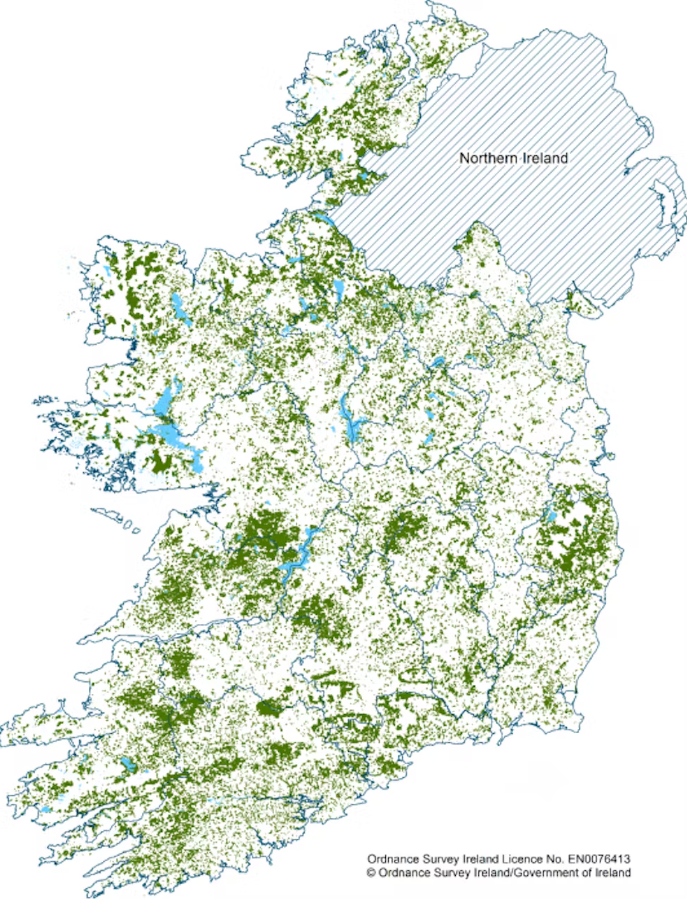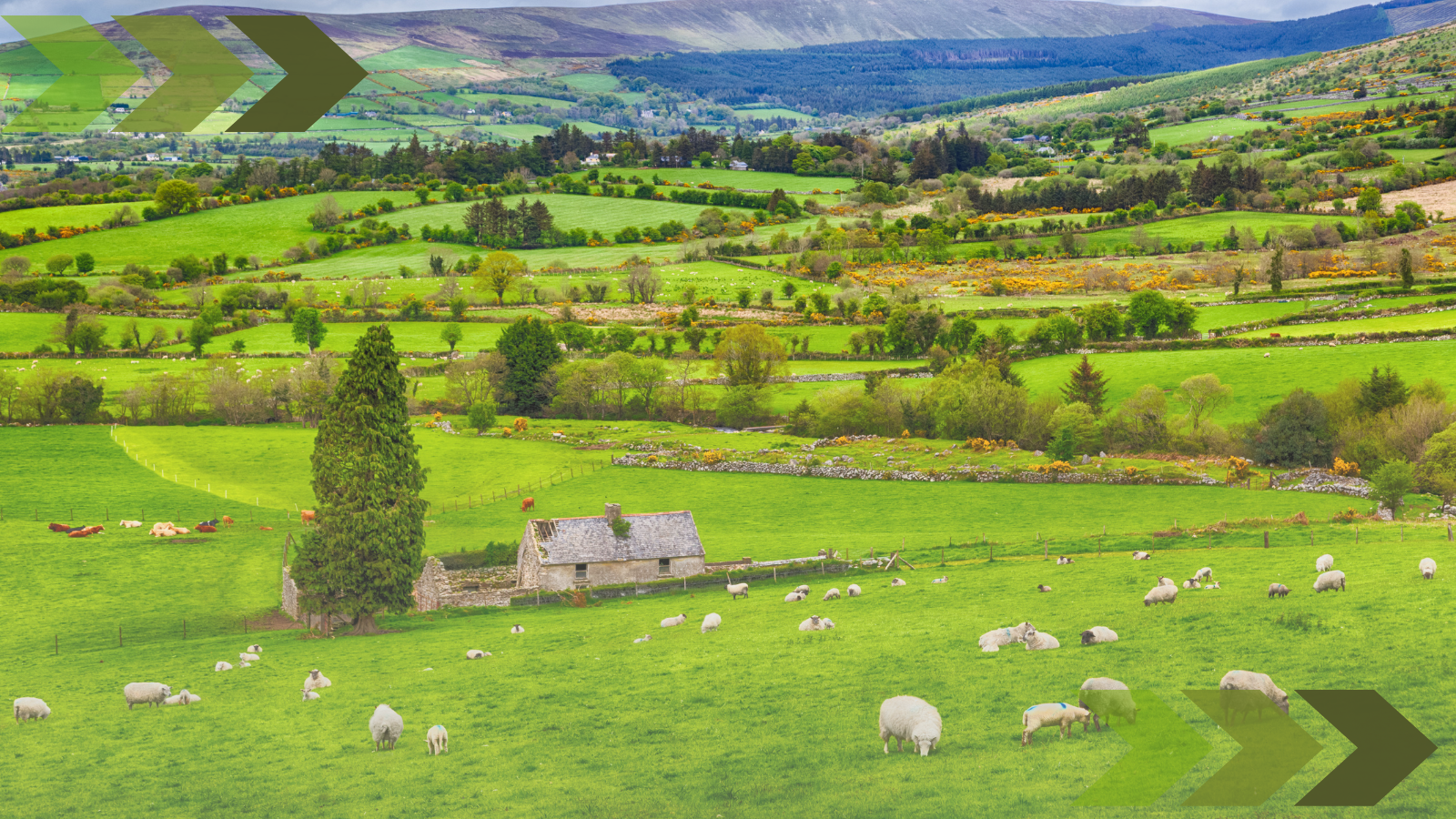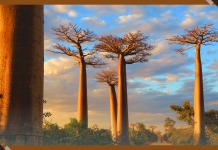
Written by: Martha O’Hagan Luff
Despite its green image, Ireland has surprisingly little forest. Across Europe, nations average around 35 percent forest cover but in Ireland the figure is just 11 percent, one of the lowest on the continent.
This hasn’t always been the case. Thousands of years ago, more than 80 percent of the island of Ireland was covered in trees. Over many centuries they were then almost entirely chopped down to make way for fields and pasture and by 1925, only 1 percent was forested. The only trees that remained were on land that was unsuitable for any type of agriculture.

For a number of decades the government has paid farmers and other private landowners to plant trees on their land in place of intensive agriculture. But these grants have so far fallen short of reaching their target of 18 percent forest cover.
Until recently forestry was considered valuable only as a supply of timber to be harvested. This explains why, of that 11 percent of the Republic of Ireland that is forested, the vast majority (9 percent of the country) is planted with spruces like the Sitka spruce, a fast growing conifer originally from Alaska which can be harvested after just 15 years. Just 2 percent of Ireland is covered with native broadleaf trees.
The current grants neglect many things. For instance, once planted with trees, the land must remain permanently in forestry which acts as a “negative nudge” for landowners who may want to keep their options open. Tax incentives for continued forest cover might provide less of a psychological barrier.
The annual grants are also designed with harvesting in mind and so are only paid for 15 to 20 years. That’s no use to a landowner wanting to plant a mixed species forest which can take up to 100 years to mature yet would provide no return beyond 20 years. Therefore the grants provide a strong financial incentive to continue to plant fast-growing non-native species which when harvested can disturb wildlife, release carbon, damage water quality and leave the landscape looking scarred.
So how might Ireland be covered with forests – with the right mix including more native, broadleaf trees – once again?
A score card for woodlands
I’m involved in work to develop a measure of true value for Irish woodlands, using a “Top Trumps” style score card, for different species, age and soil types of a woodland. The score card would provide a value for each of the different types of ecosystem services provided by a woodland which will vary according to the age of the trees, the species of tree and the type of soil and conditions in which they are growing.
The goal of this research, by the Forest and FOR-ES projects at Trinity College Dublin, is to estimate the total value of trees in financial terms based on the value of all of their main benefits: carbon capture, impact on water and soil quality, value as timber, or as amenities, and their ability to support a variety of other plants and wildlife.
Our scorecard method is particularly useful as different tree species offer different benefits at different times. For instance fast growing non-native species capture more carbon in the short term and provide a valuable source of timber.
Native species on the other hand are generally better for wildlife and have a greater amenity value. They will capture more carbon overall but over a longer time frame, and while they can provide a source of valuable timber, they take far longer to mature. Each type of woodland may provide some of each of the five benefits but to a greater or lesser degree and over different time scales.
We hope our score card can lead to better designed subsidies. Woodlands that are planted to remain in situ without harvesting can receive a long-term financial subsidy to reflect the ecosystem services that they provide to the public such as cleaner air or a nice place to go for a walk.
The Irish government currently provides subsidies for the beef and dairy sector, which for most farmers would not be financially viable without support. The sector produces large amounts of greenhouse gases, and around 90 percent of the produce is exported.
Rather than supporting polluting types of agricultural activity, we propose that forestry is subsidised to a level that reflects its value as a public good, which will also reduce the likelihood of EU fines for Ireland failing to meet its emissions targets. For landowners to be asked to put agricultural land permanently out of use and to establish long-term native woodlands, they need to be properly incentivised and financially rewarded to do so.







